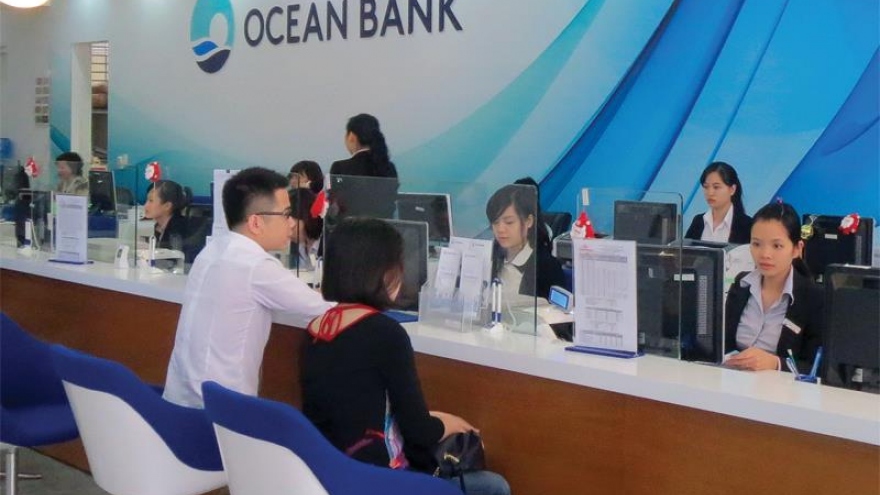Banks to be more demanding in selecting customers
With credit growth accelerating in the first quarter, many commercial banks may become more demanding in selecting lending customers.
 |
At the end of the first quarter, average credit growth of the entire banking system hit a six-year high of 4.06%. That is the average rate, so there should many banks with a higher growth rate.
Head of a large-sized bank, who declined to be named, revealed that his bank’s credit growth in the first quarter was up to more than 8%. The bank, therefore, would have to re-balance lending to meet credit growth quota of 16% in 2017 allocated by the State Bank of Vietnam (SBV).
The same trend was also witnessed at some small-sized banks. Sacombank, for example, despite facing difficulties in operation, still announced its lending rose 4.8% in the first quarter 2017.
With high credit growth rate in the first quarter, banks’ capital flows would, therefore, show signs of changing, with focus on restructuring customers’ demands and capital use efficiency.
The head mentioned above said as lending rose sharply right from the beginning of the year, his bank would have to be more demanding with projects and borrowing demands as the SBV permits his bank’s whole year credit growth at only 16%. Once quantity was controlled, the bank would invest more in quality.
Accordingly, the bank would screen to lend to more secure projects, with better capital use quality and collaterals. This would further enhance credit quality.
“We have noticed this point, therefore we have tightened. We no longer compete by lending at much lower interest rates compared with deposit rates but focus more on customers with higher capital use efficiency. We also excluded customers who displayed signs that they would borrow from our bank at lower interest rates to deposit in other banks with higher interest rates. With the current good credit growth prospect, I believe this screening will expand in many banks,” the insider said.
He also noted that high credit growth at the beginning of the year in some banks is a good sign of the economy’s demand and is an opportunity to screen customers, but will not lead to 2017 witnessing overheated credit growth because besides the strict control of credit growth room for each member that the State Bank is ensuring, the capacity of banks is also limited.
Early every year, the central bank assigns credit growth for each commercial bank to meet the annual credit growth target of the entire banking system. This year, the central bank plans a credit growth of 18-20% for the entire banking system.
If the SBV does not increase the quotas, commercial banks would not dare to “break” because at the end of 2016, the SBV’s Banking Inspection and Supervision Agency called each member exceeding the assigned quota to warn that if they did not adhere to the regulations, they would be subject to sanctions.
The mechanism of assigning credit growth room to each member is also the basis for the SBV to stand firm against concerns that such a sharp credit increase may put pressure on inflation and generate overheated growth, because, finally, credit growth limit of the whole sector is still controlled by the aforementioned mechanism.


